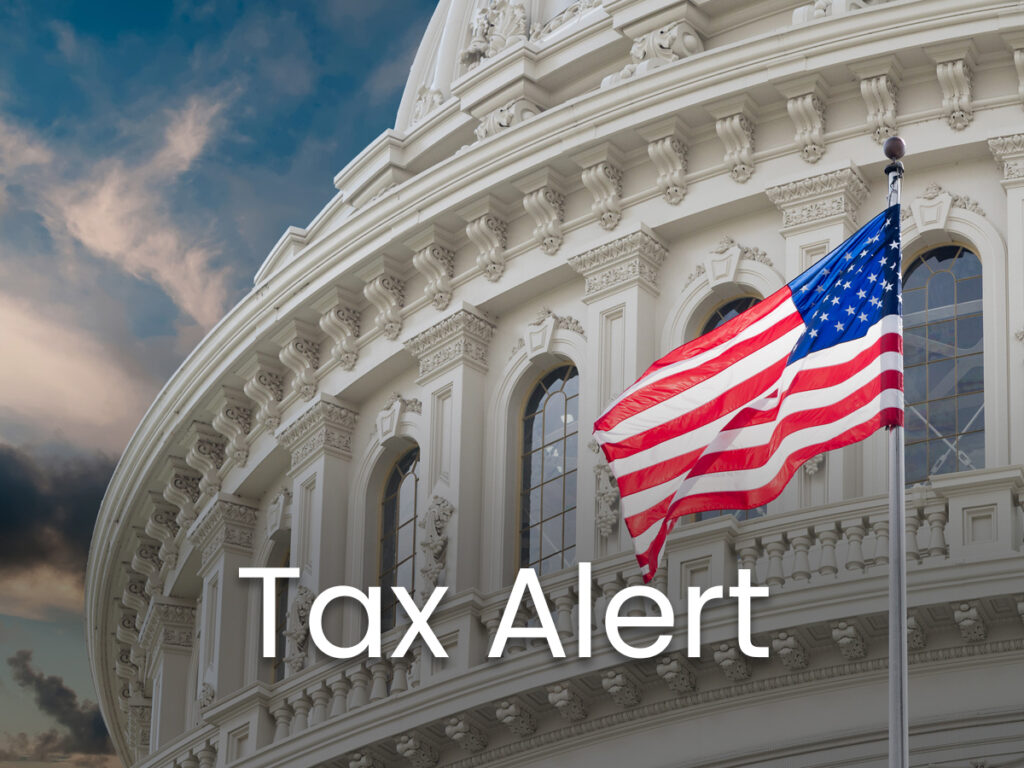While Congress acted quickly in passing financial aid acts intended to stabilize the economy in the wake of the COVID-19 pandemic, many questions as to how to access aid remain unanswered. Although the Payroll Protection Program’s forgivable loan funds received additional funding, it’s unclear how long those funds will last, so taxpayers are looking at other options available to help with their financial situation. Here is a breakdown of the available tax credits aimed at alleviating financial pressure in today’s turbulent economy.
Employee Paid Sick Leave and Family Leave Credits
The Families First Coronavirus Response Act (FFCRA), signed by President Trump on March 18, 2020, provides small and midsize employers refundable tax credits that reimburse them, dollar-for-dollar, for the cost of providing emergency paid sick leave (EPSL) and emergency family leave (EFML) wages to their employees for leave related to COVID-19.
Starting April 1, these credits are available to businesses with fewer than 500 employees. While there are a lot of details around how to capture these credits, below is a summary of what you need to know:
- Paid Sick Leave Credits (Self) – These credits are for employees who are themselves unable to work for reasons due toCOVID-19 The credit an employer can utilize is based on the amount of paid sick leave wages the company receives, up to $511 per day for a total of 10 days with a $5,110 per employee maximum credit.
- Paid Sick Leave Credits (Others) – These credits are for employees who are unable to work because they are caring for others due to COVID-19. The credit an employer gets is utilized based on two-thirds of the employee’s regular rate of pay they receive, up to $200 per day for a total of 10 days with a $2,000 per employee maximum credit.
- Paid Family Leave Credits – These credits are for employees who are unable to work because they need to care for a child whose school or place of care is closed or whose child care provider is unavailable due to COVID-19. This credit is calculated the same as the Paid Sick Leave Credit (Others) except that the family leave can be up to 10 weeks with a maximum credit of $10,000.
There are a lot of special circumstances and questions about how to precisely calculate the credits. Try not to get caught up in the minutia of the computation, but rather, focus on whether or not these situations apply to you and be sure to contact your payroll provider. Your payroll provider may be able to help you set up job codes or other tools that will allow you to properly capture the information you need in a concurrent manner. These credits are intended to offset the cost of providing sick leave and family leave to your employees who are in need. Because the government recognizes these costs are affecting you right now, you have the option to withhold your payroll taxes in the same amount of the credits you are expecting to receive. This might be a little tricky but, again, it is best to have discussions with your payroll provider to determine what options are available to you.
CARES Act Employee Retention Credit
The CARES Act, enacted on March 27, 2020, is designed to encourage “Eligible Employers” to keep employees on their payroll, despite experiencing economic hardship related to COVID-19, with relief in the form of an employee retention tax credit (ERC).
The ERC is a fully refundable tax credit for employers equal to 50% of qualified wages (including allocable qualified health plan expenses) that eligible eemployers pay their employees.
The ERC is calculated based on “Qualified Wages” paid after March 12, 2020, and before January 1, 2021. The maximum amount of qualified wages taken into account with respect to each employee for all calendar quarters is $10,000, so that the maximum credit for an Eligible Employer for qualified wages paid to any employee is $5,000.
An “Eligible Employer,” for purposes of the ERC, are those that carry on a trade or business during calendar year 2020, including a tax-exempt organization, that either:
- Fully or partially suspended operations during any quarter in 2020, due to government orders. Operation of a business is partially suspended if a government authority imposes restrictions by limiting commerce, travel or group meetings due to COVID-19, so the business still continues but operates below its normal capacity.
Example: A state governor issues an executive order closing all restaurants and similar establishments to reduce the spread of COVID-19. However, the order allows establishments to provide food or beverages through carry-out, drive-through or delivery. This results in a partial suspension of businesses that provided sit-down service or other onsite eating facilities for customers prior to the executive order.
- For the quarter in which the credit is claimed the business has experienced significant decline in gross receipts.
Example: Gross receipts declined by more than 50% when compared to the same quarter in 2019.
“Qualified Wages” are wages as defined in IRC §3121(a) and compensation as defined in IRC §3231(e) paid by an eligible employer to employees after March 12, 2020, and before January 1, 2021. Qualified wages include the eligible employer’s qualified health plan expenses that are properly allocable to the wages.
The definition of qualified wages depends, in part, on the average number of full-time employees employed by the eligible employer during 2019.
For employers that averaged 100 or less full-time employees in 2019, the credit is based on the qualified wages paid to all employees during these periods.
For employers that averaged more than 100 full-time employees in 2019, the credit is based on qualified wages paid to those employees not providing services due to the suspension of operations or decline in gross receipts.
The credit is applied against the employer’s share of social security taxes for each quarter, and any excess credit is refundable to the employer.
If the employer claims the retention credit under the CARES Act, the employer’s deduction for wages must be reduced by the amount of the retention credit, and an employer may not take into account the following wages for determining the credit:
- Wages providing for payroll tax credits for emergency paid sick leave and emergency FMLA;
- Wages already taken into account for an IRC section 45S income tax credit for certain paid family and medical leave;
- Wages paid to certain related individuals specified in IRC section 51(i)(1);
- Wages for any employee for whom a work opportunity tax credit is claimed for qualified veterans;
- Wages providing payroll credits under section 41(h) regarding research expenditures.
Employers who receive a Small Business Interruption Loan under the CARES Act can not claim the employee retention credit.
Again, there are a lot of details to consider, and the definition of “partially suspended operations” will surely need clarification. However, with that being said, now is a great time to reach out to your tax specialists and payroll providers who can help you navigate these cumbersome rules and offer relief during this time of economic uncertainty.
Identifying your company's payroll credits and determining the exact amount tax savings can be complicated. BPM's tax specialists are available to help. To learn more, contact Andre Shevchuck, Specialized Tax Services Practice Leader, at [email protected].
 While Congress acted quickly in passing financial aid acts intended to stabilize the economy in the wake of the COVID-19 pandemic, many questions as to how to access aid remain unanswered. Although the Payroll Protection Program’s forgivable loan funds received additional funding, it’s unclear how long those funds will last, so taxpayers are looking at other options available to help with their financial situation. Here is a breakdown of the available tax credits aimed at alleviating financial pressure in today’s turbulent economy.
While Congress acted quickly in passing financial aid acts intended to stabilize the economy in the wake of the COVID-19 pandemic, many questions as to how to access aid remain unanswered. Although the Payroll Protection Program’s forgivable loan funds received additional funding, it’s unclear how long those funds will last, so taxpayers are looking at other options available to help with their financial situation. Here is a breakdown of the available tax credits aimed at alleviating financial pressure in today’s turbulent economy.


